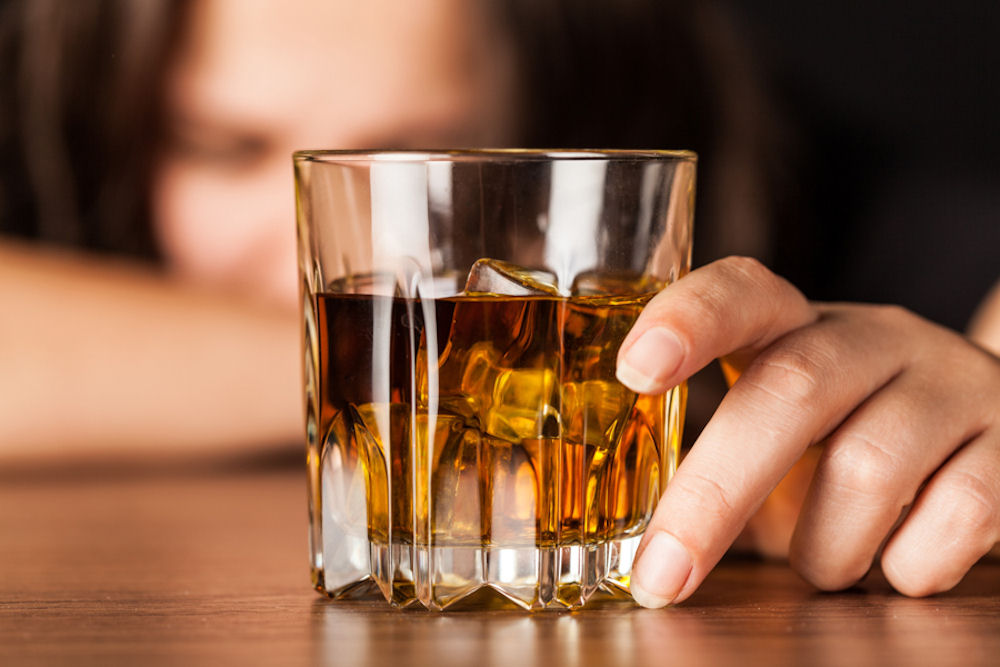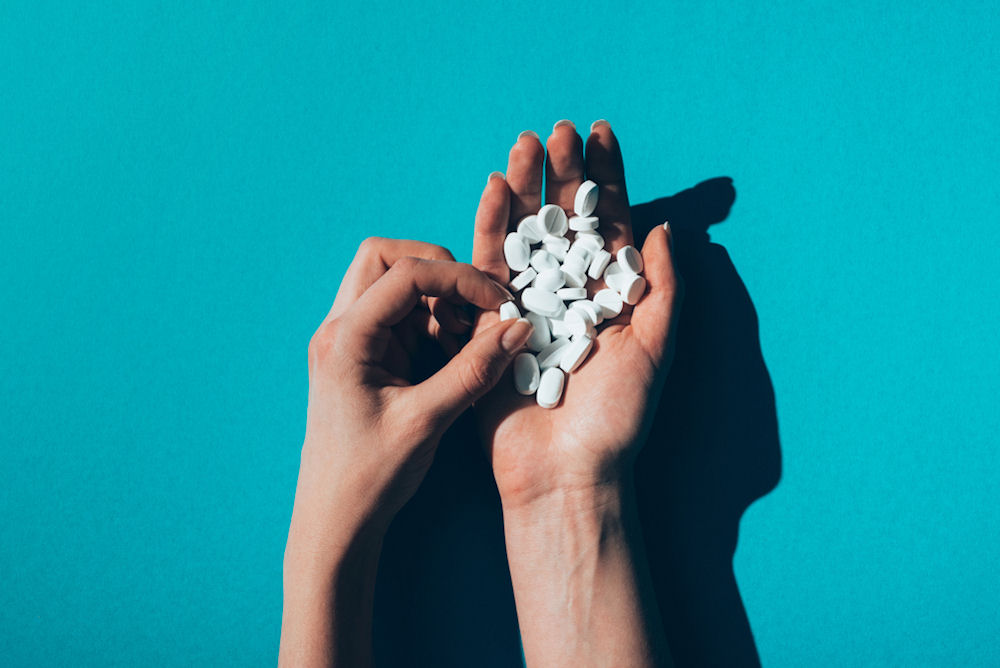Substance abuse, particularly the mixing of alcohol with prescription medications like Xanax, is a serious concern with potentially deadly consequences. Xanax, also known by its generic name alprazolam, is a commonly prescribed medication used to treat anxiety, panic disorders, and sometimes insomnia. It belongs to the class of drugs known as benzodiazepines, which work by calming the central nervous system (CNS). Alcohol, a common depressant, also slows down the central nervous system. It’s essential to be aware of the risks that come with mixing alcohol and Xanax, especially for those taking this medication or consuming alcohol.
What Are the Dangers of Mixing Alcohol and Xanax?
Mixing alcohol and Xanax can have serious, even fatal, consequences. Both substances depress the central nervous system, which controls vital functions such as heart rate, breathing, and blood pressure. When combined, they can amplify each other’s sedative effects, leading to respiratory depression, extreme drowsiness, loss of coordination, and in severe cases, coma or death.
Both alcohol and Xanax have sedative properties, and when taken together, they can cause profound drowsiness, dizziness, and lethargy. This can impair your ability to perform daily activities like driving or operating machinery. The feeling of sedation can also be overwhelming, leading to accidents or injuries.
One of the most dangerous side effects of mixing alcohol and Xanax is respiratory depression, where breathing becomes slow and shallow. This can cause life-threatening complications, as inadequate oxygen levels can lead to brain damage, unconsciousness, and even death if left untreated.
Xanax is known for its amnesic effects, especially in higher doses. Alcohol can intensify this effect, resulting in severe memory loss and blackouts. This increases the risk of engaging in dangerous behaviors or situations while under the influence.
Combining alcohol with Xanax greatly heightens the chances of an overdose. The synergistic effect of both substances can overwhelm the body, leading to symptoms such as confusion, slow or irregular heart rate, extreme sedation, and even death. An overdose from this combination often requires immediate medical intervention to prevent fatal outcomes.
Both alcohol and Xanax can lead to dependency when used regularly, increasing the risk of addiction. When combined frequently, the chances of developing a substance use disorder increase, as both substances are addictive. Over time, tolerance to one or both may develop, requiring larger doses to achieve the same effects, which further escalates the danger.
Both substances impair motor coordination, so mixing them makes it difficult to walk, talk, or perform basic physical tasks. This increases the likelihood of falls, accidents, and injury.
Alcohol impairs thinking, memory, and judgment. Adding Xanax to the mix can worsen these effects, leading to confusion, memory loss, and cognitive dysfunction.
Blackouts are more likely when alcohol is mixed with Xanax. Alcohol already disrupts short-term memory, and when combined with the amnesic effects of Xanax, a person is at risk of losing large chunks of memory or performing actions they don’t remember.
Can You Drink on Xanax?
It is strongly advised not to drink alcohol while taking Xanax. Although some people may believe that a small amount of alcohol won’t cause harm, even a small quantity can have unpredictable and dangerous effects when combined with Xanax. The interaction between alcohol and Xanax can vary depending on the individual, their health status, the dose of Xanax, and the amount of alcohol consumed. But the risks are much greater than any potential benefits.
The central nervous system depression caused by alcohol and Xanax together can result in feelings of severe drowsiness, impaired judgment, and slowed reflexes. Furthermore, mixing alcohol with Xanax may also increase the likelihood of engaging in risky behaviors, like unprotected sex, driving under the influence, or other dangerous actions, due to the drugs’ effects on judgment and impulse control.
What Are the Side Effects of Mixing Alcohol and Xanax?
Mixing alcohol with Xanax can make the effects of both much stronger, leading to serious physical, mental, and behavioral risks. Below is a breakdown of these effects:
- Drowsiness
- Slow or stopped breathing (apnea)
- Difficulty walking, stumbling, and an increased risk of falls and injuries
- Difficulty articulating words clearly
- Stomach upset
- Headache
- Dizziness and Lightheadedness
- Slowed Heart Rate (Bradycardia)
- Muscle Weakness
- Loss of consciousness and memory
- Coma
- Overdose
- Increased Anxiety and Depression (Paradoxical Effect)
- Confusion
- Disorientation
- Memory Loss (Amnesia)
- Difficulty making rational decisions and understanding consequences
- Heightened irritability or restlessness
- Rapid and unpredictable shifts in mood
- Hallucinations and Delusions (in severe cases or with high doses)
- Worsening of Pre-existing Mental Health Conditions
- Increased Suicidal Ideation
- Risky Behaviors
- Social Withdrawal or Isolation
- Aggression and Hostility
- Lack of Control
- Difficulty with Communication
- Neglect of Responsibility
- Increased Risk of Legal Problems
- Development of Dependence and Addiction
How Long After Drinking Can You Take Xanax?
Xanax has a typical half-life of around 11 hours, which means it takes approximately this amount of time for half of the drug to be eliminated from your system. However, this doesn’t mean the drug is completely cleared from your body after just one half-life. It generally takes several half-lives for a substance to be fully eliminated.
In the case of Xanax, it could take anywhere from 24 to 48 hours for the drug to be completely out of your system. The exact duration depends on several factors, including an individual’s metabolism, age, liver function, the dosage taken, and overall health. Given these variables, it’s important to wait a sufficient amount of time before taking Xanax after drinking alcohol to avoid serious interactions or side effects.
Although Xanax has a half-life of 11 hours, its full effects, including sedation and cognitive impairment, can persist for a much longer duration. This means that even though the drug is no longer detectable in your system, you might still feel its effects, particularly if you’ve taken a higher dose.
Since everyone’s body reacts differently, the best course of action is always to consult a healthcare professional for personalized advice. This is particularly important if you are on a regular Xanax prescription, have underlying health conditions (such as liver or kidney issues), or are taking other medications that could interact with alcohol or Xanax.
Can a Person Overdose After Taking Alcohol and Xanax?
Yes, it is possible to overdose when mixing alcohol and Xanax. The combination significantly increases the risk of overdose because both substances depress the central nervous system, which can slow heart rate, breathing, and blood pressure to dangerous levels. An overdose may result in symptoms such as:
- Extreme drowsiness or sedation
- Difficulty breathing or respiratory arrest
- Unconsciousness
- Slowed heart rate
- Seizures
- Coma
An overdose from this combination can be fatal if not treated promptly. Seek emergency medical help right away.
Treatment for Alcohol and Xanax Abuse
Treatment for alcohol and Xanax abuse typically involves a combination of medical and psychological approaches tailored to the individual’s needs.
Treatment for alcohol and Xanax abuse typically begins with drug detox, which may involve medical supervision to manage withdrawal symptoms. Since both substances can cause physical dependence, detoxification under professional care is crucial to ensure safety during withdrawal. Medically assisted detox may include medications like benzodiazepines to manage alcohol withdrawal and a gradual tapering of Xanax to reduce withdrawal risks.
After detox, therapy plays a key role in recovery. Cognitive Behavioral Therapy (CBT) and Dialectical Behavior Therapy (DBT) help individuals address the underlying psychological issues that contribute to their substance abuse, while Motivational Interviewing (MI) encourages individuals to overcome ambivalence and commit to their recovery
In addition to therapy, Medication-Assisted Treatment (MAT) helps manage cravings and reduce relapse risk. For alcohol abuse, medications like disulfiram, acamprosate, or naltrexone may be used, while benzodiazepine withdrawal can be managed with anticonvulsants or antidepressants.
Depending on the addiction’s severity, individuals may choose inpatient rehabilitation for intensive care and 24/7 supervision, or outpatient treatment for more flexibility, and those with less severe dependencies.
Many individuals with alcohol and Xanax abuse may also have mental health disorders such as anxiety, depression, or PTSD. Dual diagnosis treatment addresses both the addiction and mental health disorder simultaneously to improve recovery outcomes.
Involving family members in the treatment process can improve the likelihood of success. Family therapy educates loved ones on the nature of addiction and fosters a supportive environment for recovery.
Seeking Help for Alcohol and Xanax Abuse at Arkview Recovery Center
If you or someone you know is struggling with alcohol and Xanax abuse, seeking professional help is essential. At Arkview Recovery Center, we offer comprehensive treatment programs to help individuals recover from substance use disorders, including the dangers of mixing alcohol with Xanax. Treatment focuses on addressing underlying psychological and emotional issues, providing individuals with the tools needed for lasting recovery and a healthier, more fulfilling life. Contact us today!



